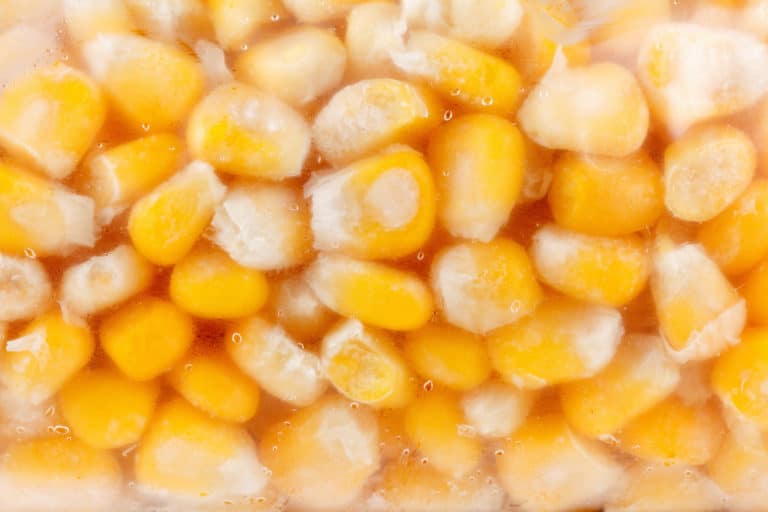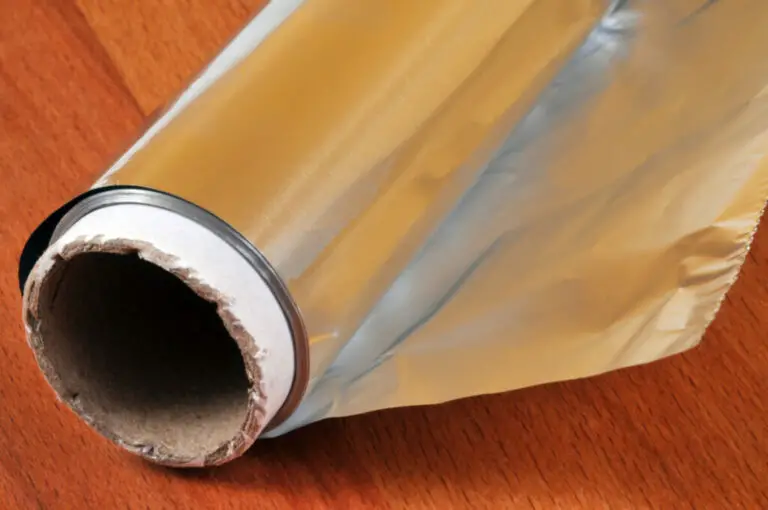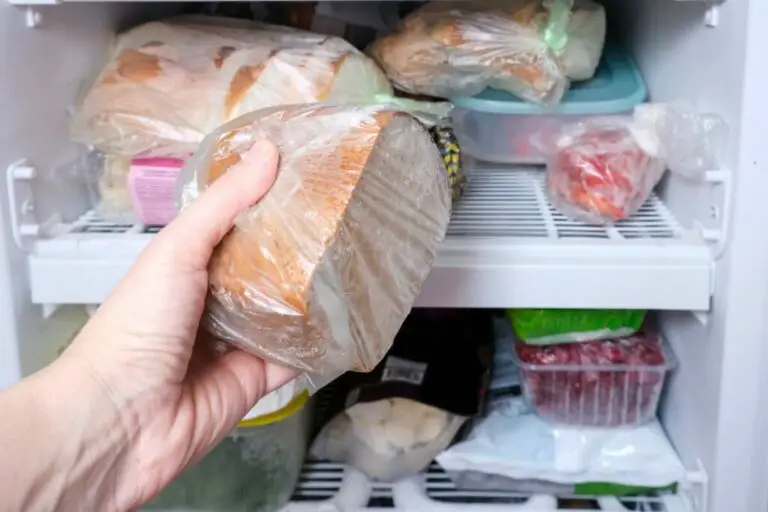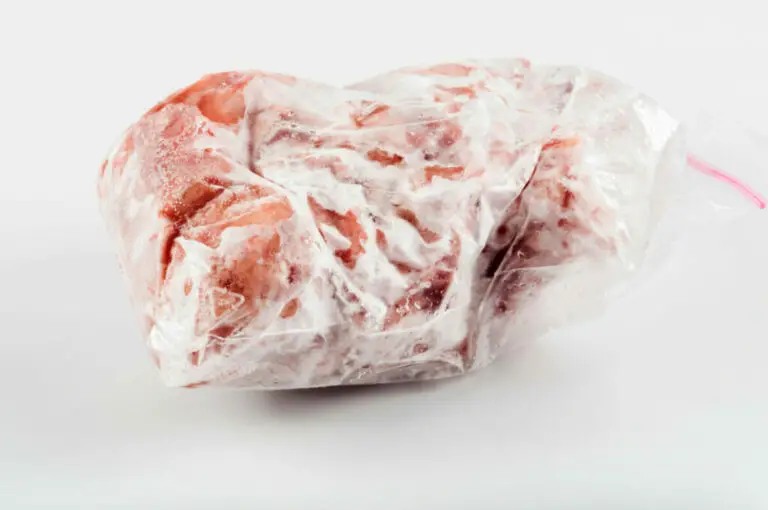
You’ve probably eaten frozen food or even frozen food yourself. While this can be a convenient and easy way to extend the lifespan of your favorite food items, it is not a foolproof way to store food. One of the main concerns people have when freezing food is that the food gets soggy when you thaw it, so how do you prevent frozen food from becoming soggy?
To freeze food for storage without making it soggy, cool the food before freezing it, freeze small amounts of food at a time, and only freeze sturdy foods. Food can get soggy and change texture when thawed because of ice crystals that form during the freezing process.
While it might seem a bit overwhelming, once you know how to prepare food for freezing, you can prevent most sogginess that can occur in your frozen food storage. Next, I’ll describe the steps you can take to prevent ice buildup and the breakdown of your food. I’ll also briefly examine some of the best foods to freeze and some foods that you should avoid freezing.
Why Does Food Get Soggy in the Freezer?
Frozen food becomes soggy because ice crystals form when food is frozen. When you freeze foods like meat, fruits, and vegetables, you are not really freezing the entire piece of food. Sure, it all gets really cold, but you’re actually only freezing the water inside the food. The little pockets of water will freeze, form ice crystals, and expand.
After these ice crystals form, damage starts to occur within the now-frozen food. The sharp ice crystals cut into the surrounding area as they expand, tearing at it and causing the food to start to break down. In plant-based foods like fruits and vegetables, the ice cuts through the cell walls, which causes the food to be unable to hold its shape once thawed. For meat, the crystals cut through fibers in the meat, breaking down its structure.
Another less common reason for food sogginess is excess water getting on the food. If you do not store your food in proper freezer containers or allow ice to build up on the walls of your freezer, there is a chance this ice can spread onto your food. When the ice sits on the food, it can seep into it and cause it to become soggy. This is a particular issue for foods that are already susceptible to moisture like bread and similar food items.
How to Freeze Food to Prevent Sogginess

While you might think that it is inventible that once you put your food in the freezer it will just come out mushy and soggy, there are a couple of things that you can do to prevent sogginess from setting in. We will go over each of these prevention steps as well as explain how they will benefit the lifespan of your frozen food storage.
Cool Food Down First
The first thing that you can do to prevent your food from getting soggy is to cool it down before putting it in the freezer. While this might seem a bit counterintuitive since you will be freezing it anyway, remember that the biggest cause of sogginess is the ice crystals that form.
If you put warm food into the freezer, it will take longer for it to cool down and begin to freeze. This means that the ice crystals that form will be larger and could cause more cell or fiber breakdown within your food. If you put warm food in an enclosed container in the cold freezer, condensation will build up inside the container, causing more ice and ice crystals to form in the food.
To prevent this, only put room temperature or colder food in the freezer. If you are putting cooked food in the freezer, wait for it to cool off first before storing it. If you are worried about contamination, you can put the container in a shallow ice bath to speed up the cooling process. Place containers of fruit and vegetables in the fridge for 20 to 30 mins before putting them in the freezer.
Use Proper Freezer Storage
Putting your food in freezer-safe storage like freezer bags or food containers can prevent ice from leaking inside and building up on your food. It can keep your food airtight, which will prevent the cycle of thawing and refreezing, which can cause even more ice crystals to build up. Avoid using recycled plastic containers, cardboard, or plastic wrap to freeze food, as they won’t maintain the texture of your food very well.
Parcook Foods
If you are putting cooked food in your freezer, try and par-cook it instead. This means that instead of cooking it all the way through, cook it 80% to 90% of the way before stopping cooking. This will allow you to control what your food looks like coming out of the freezer.
Unless you store them in an airtight container some foods, like pasta and vegetables, continue to absorb moisture from the air while frozen, which will continue to soften them. If they’re completely cooked before storage, by the time you thaw them, they will be soft and soggy.
By par-cooking, you can account for extra cooking time for frozen meals. We have all experienced a freezer meal that by the time it was warmed up, it had started to dry out from overcooking. By leaving freezer meals and food slightly undercooked, you account for the fact that it will take you around one and a half times longer to cook a frozen dish.
Freeze Small Items
To minimize moisture build-up, you want your food to freeze fast and stay frozen. The best way to do this is to freeze food in small batches. Cut up fruits and vegetables into small pieces to help them freeze quickly. The same trick can work for meats and meal portions as long as you break it up into appropriate portion sizes.
Remember that you do not want to refreeze food that has been thawed, so break your food into appropriate-sized containers before freezing. Put sauces and soups into freezer bags and lay them flat to maximize their surface area, and don’t stack items until they’re completely frozen.
Foods That Aren’t Great to Freeze

While there are some things that you can do to prevent your food from becoming soggy once frozen, there are a couple of foods that just do not freeze well. You will want to avoid putting these in your freezer and may want to find another way to add them to your food storage.
Here is a list of bad foods to store in your freezer.
- Leafy Vegetables: Lettuce, cabbage, and fresh herbs.
- Watery Vegetables: Celery, cucumbers, and radishes.
- Fragile Fruits: Pears and grapes.
- Watery Fruits: Watermelon and other citrus fruits.







